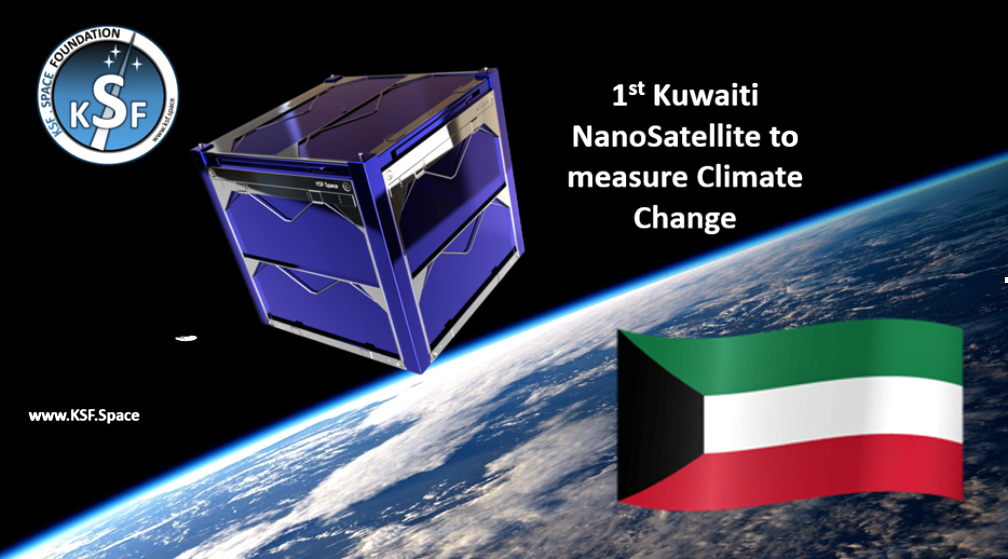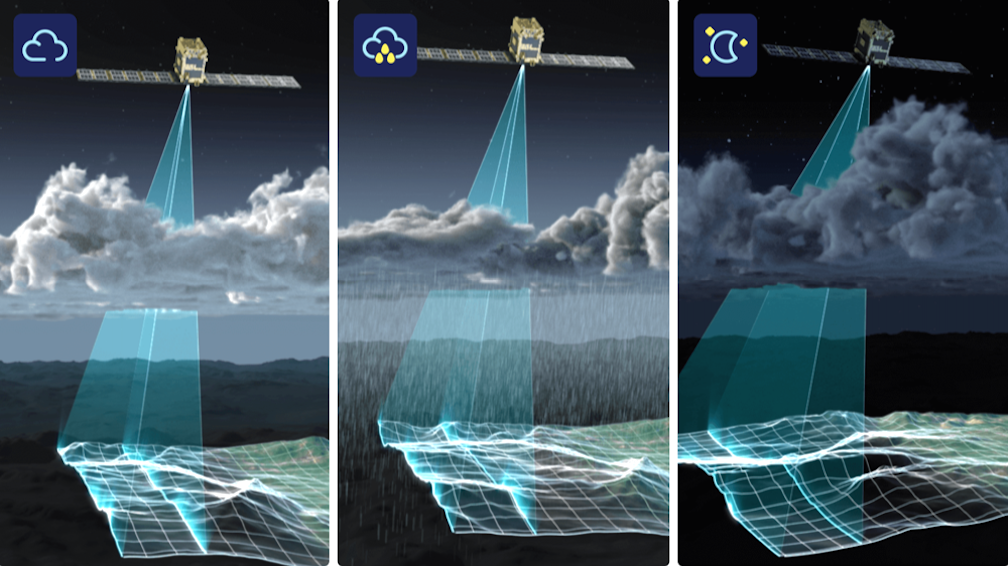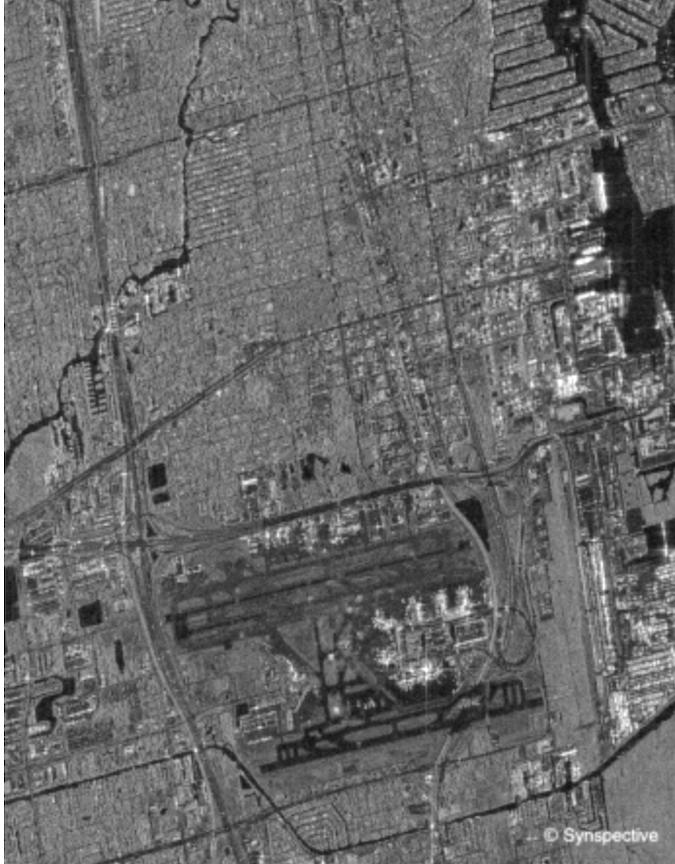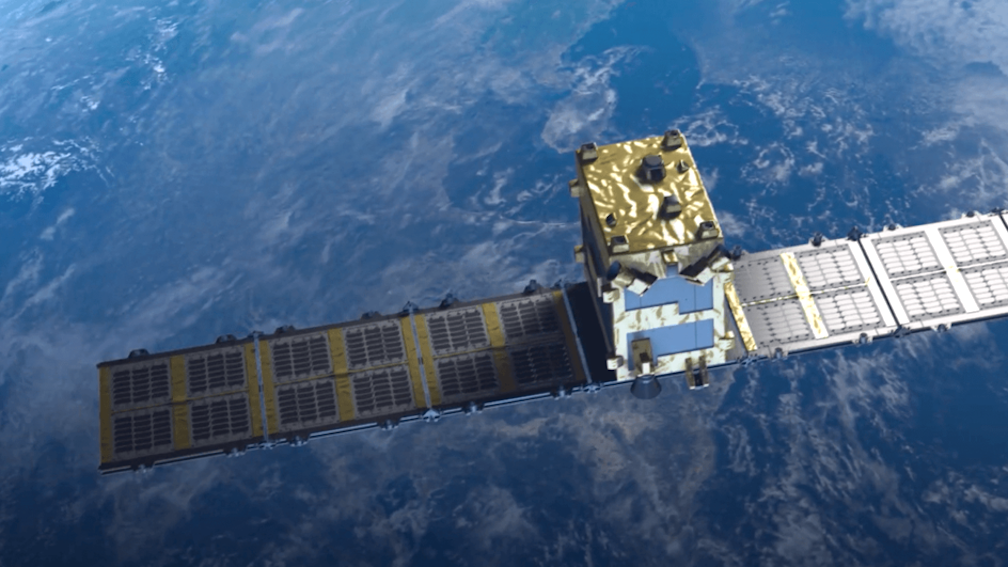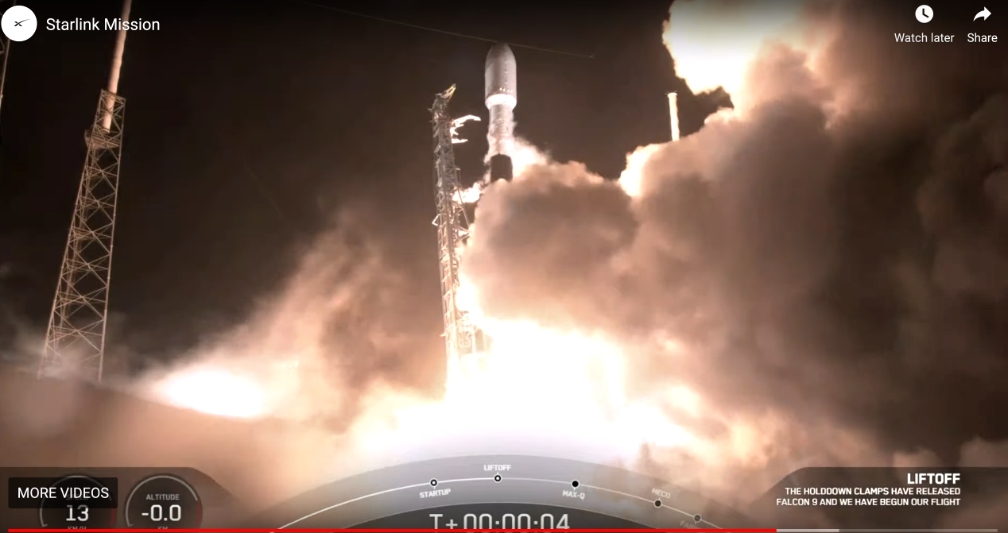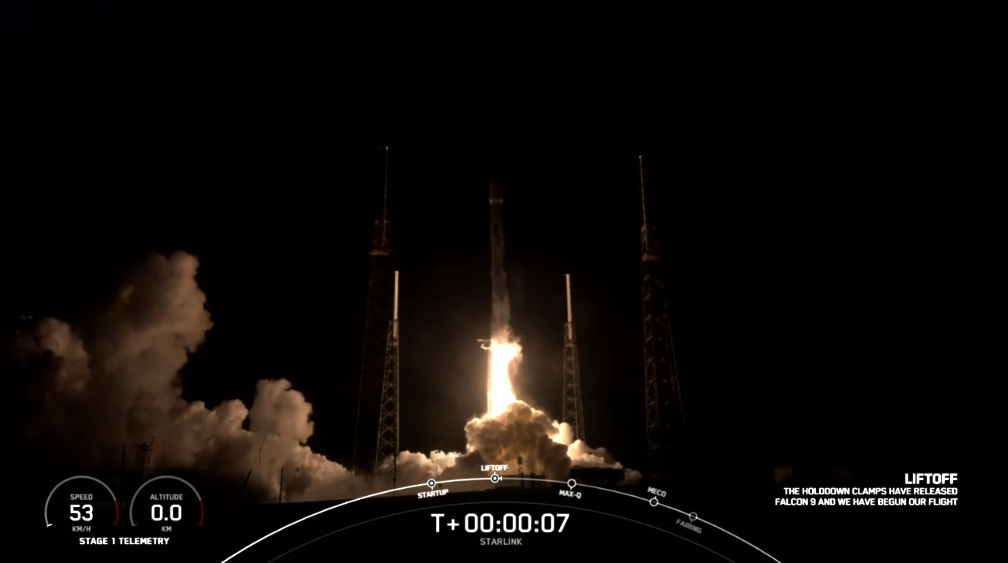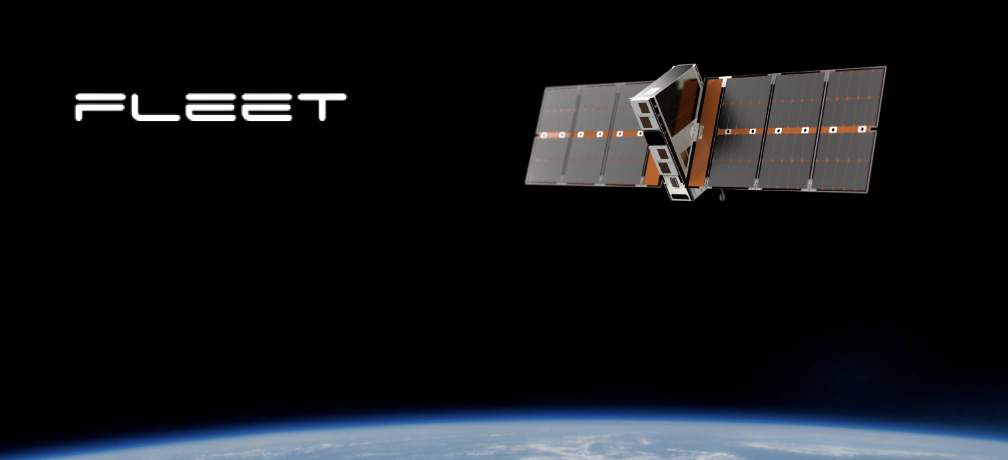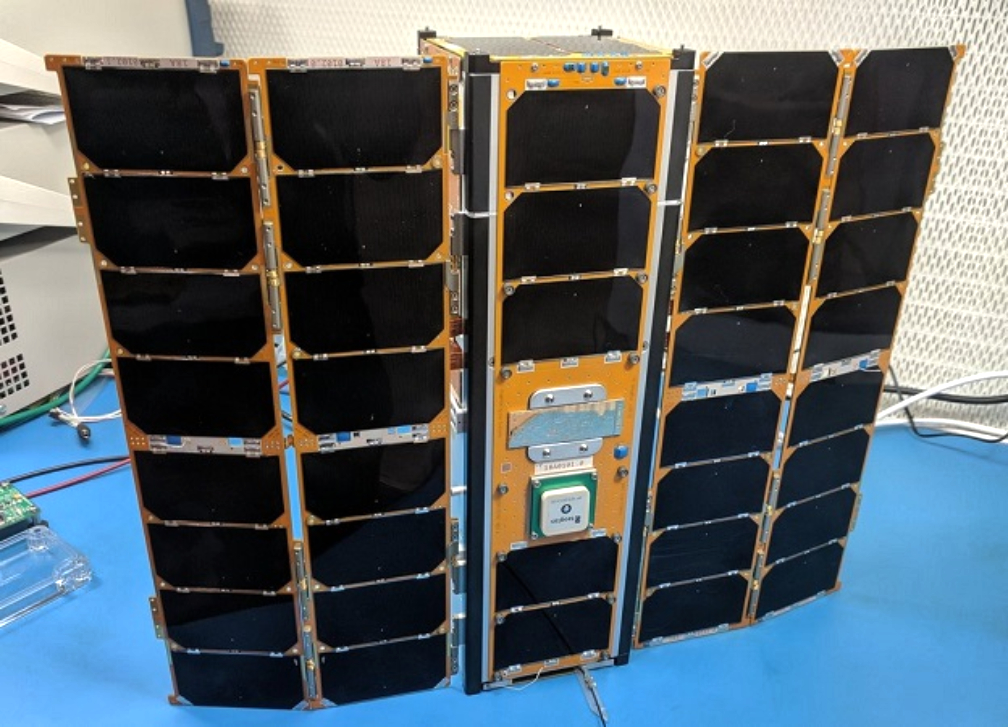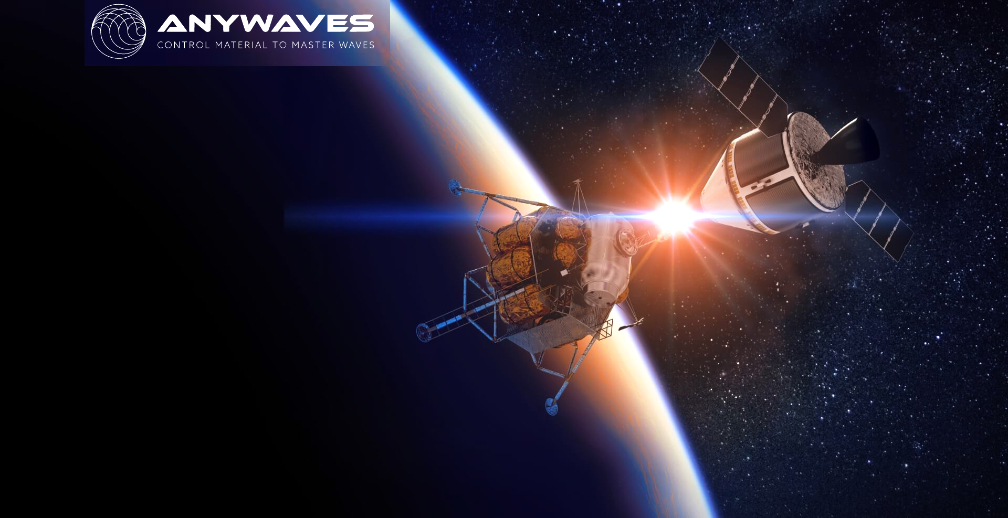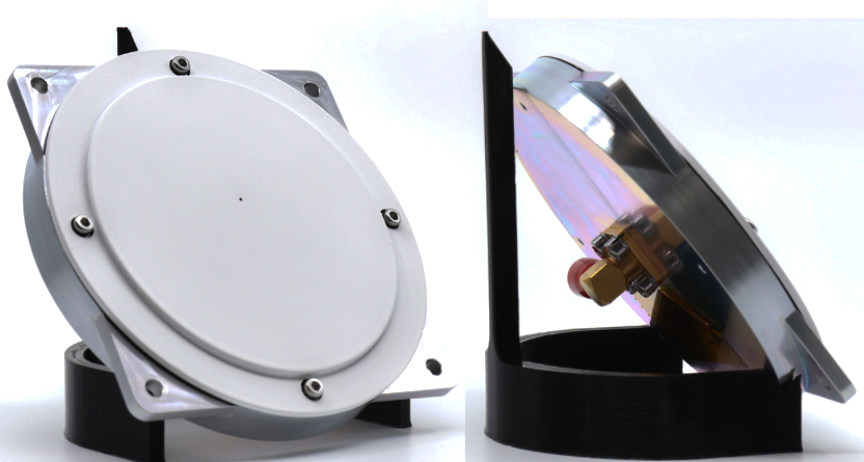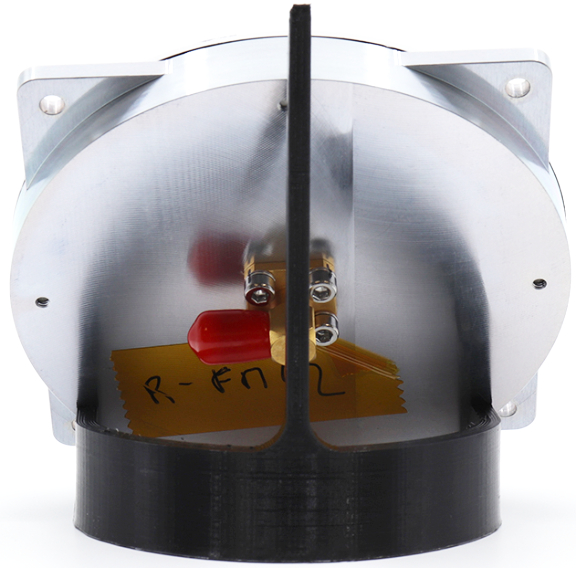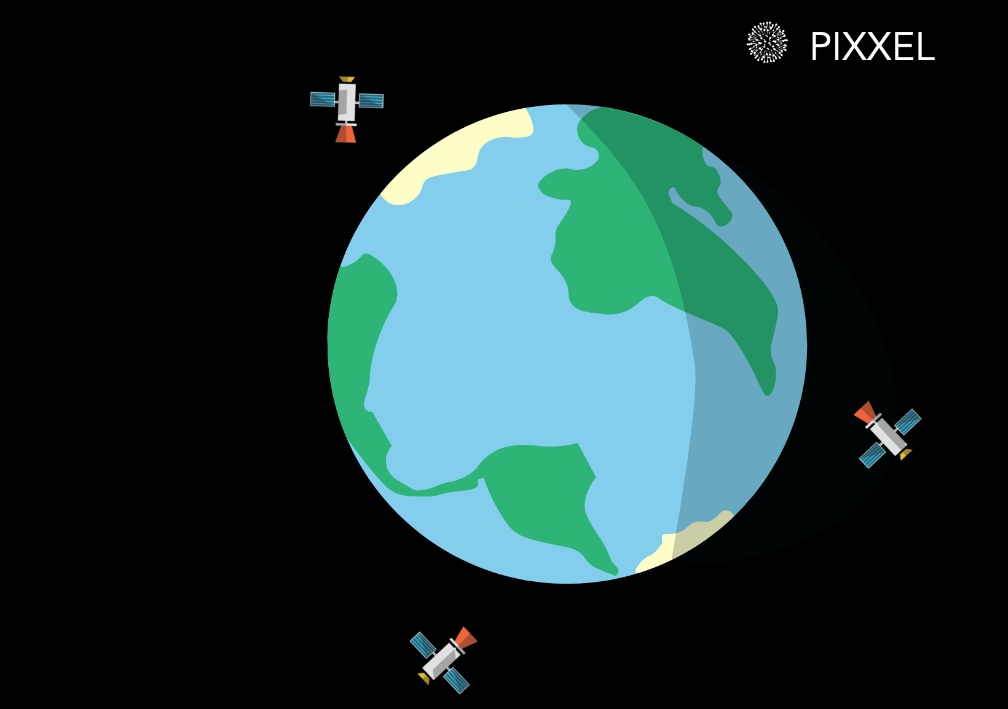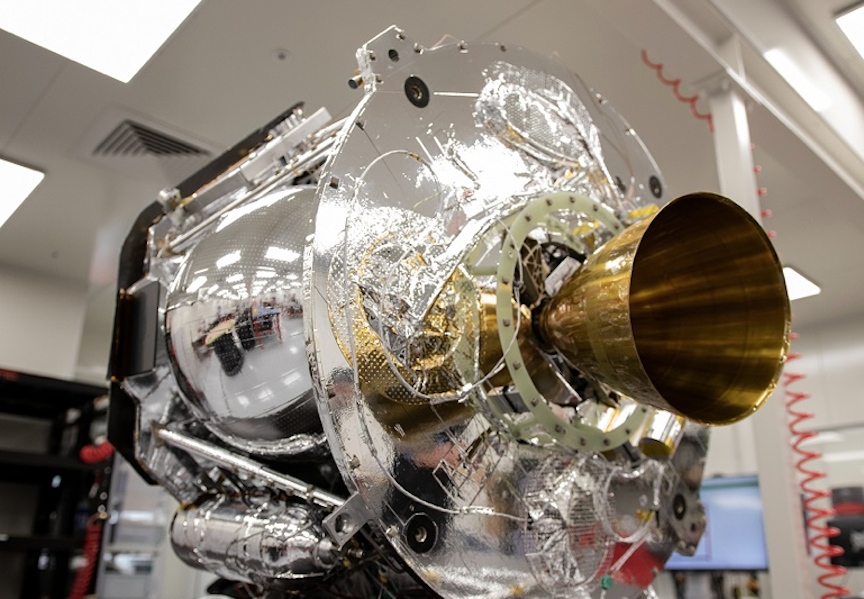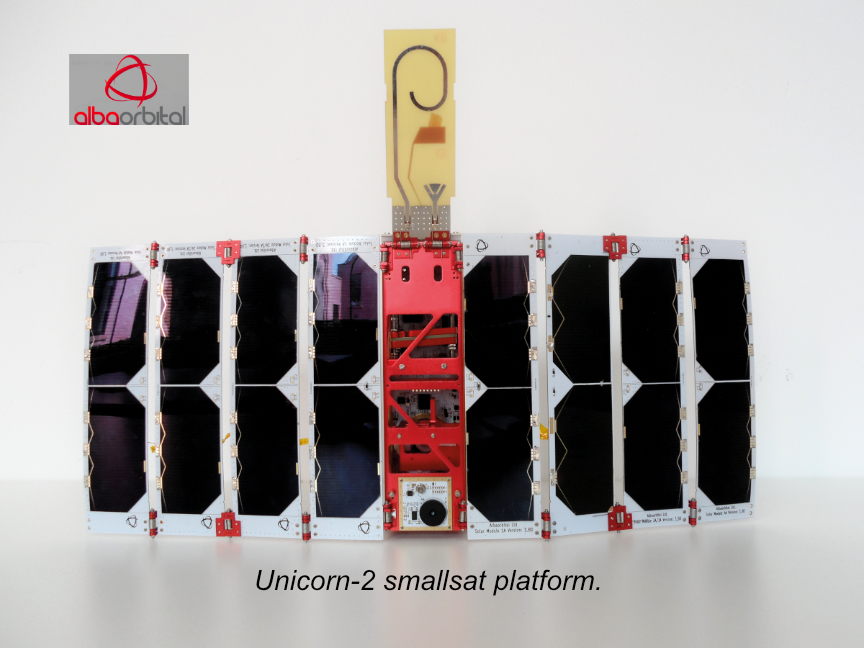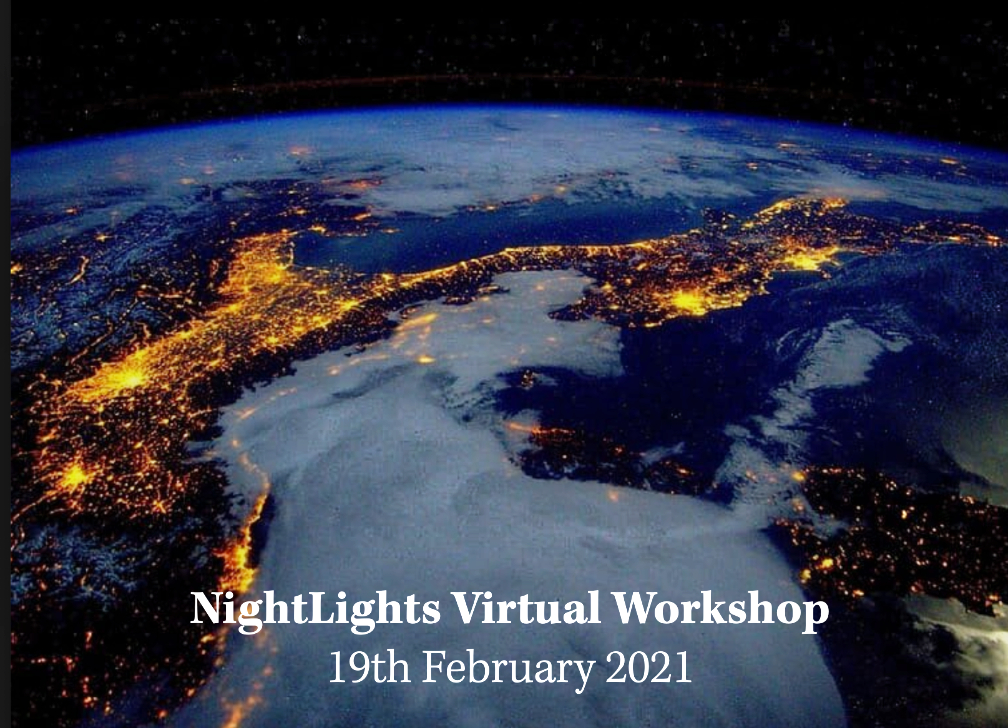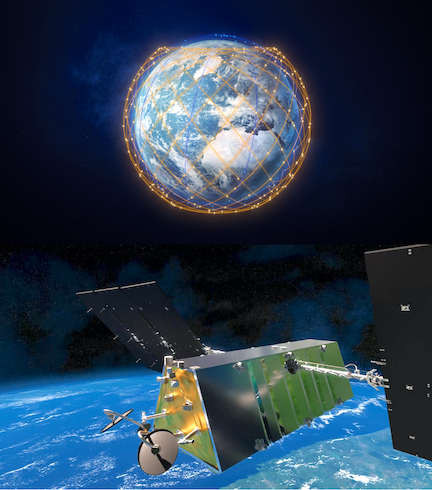
At the Capital Market Day of space technology group OHB SE (Prime Standard, ISIN DE0005936124), Augsburg-based start-up Rocket Factory announced the company will boost the growth of the microlauncher company with a financing round.
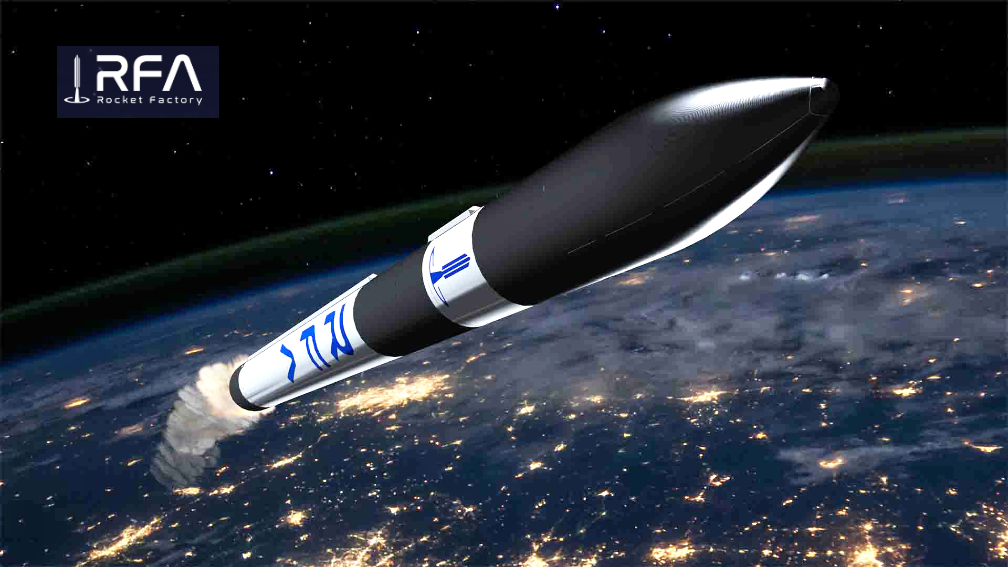
The current shareholders of Rocket Factory are OHB SE, Apollo Capital Partners, and other founders as well as the company’s management, the employees and private investors. The aim of the financing round is to raise 25 million euros in fresh capital.
Rocket Factory develops microlaunchers for the transport of smallsats into LEO. The start-up is determined to grow strongly in the next few years and quickly conquer market shares.
In the meantime, the start-up has begun building prototypes of its engine. Small and inexpensive launch vehicles play a key role in the commercial use of space by private service providers. New Space is opening up a billion-dollar market that is attracting more and more investors. Venture capital funds worldwide invested a record $15.7 billion in 252 space companies in 2020, of which $9.4 billion went to US companies*.
“We want to build the best and cheapest rockets and microlaunchers. With freight costs of EUR 3 million per launch, we will be able to offer by far the cheapest launch service in the world,” said Hans Steininger, Deputy Chairman of the Supervisory Board and founding investor of Rocket Factory and owner of Apollo Capital Partners, Munich.
Marco Fuchs, CEO of OHB SE, said: “We do not want to leave this lucrative market to US companies. That is why we have set up the Rocket Factory with two young space enthusiasts and given the new company a major boost in the form of expertise and capital. We will be able to maximise the cost advantages of series production because we will be building rockets just like cars. Due to the very high demand for investment opportunities in this promising market, we are now opening up the possibility for further selected investors to participate in the growth of the Rocket Factory.”
Rocket Factory’s launcher combines three significant competitive advantages: Unbeatable pricing, precise in-orbit delivery through a novel orbital stage and superior engine technology.
“With the staged combustion technology, we are a technological trendsetter because it is more powerful, more efficient and cleaner than most launch vehicles currently on the market,” said Dr. Stefan Brieschenk, Board Member and Chief Operations Officer at Rocket Factory.
Jörn Spurmann, Board Member and Chief Commercial Officer at Rocket Factory, said, “We offer a delivery service for the last mile. Unlike many others, we deliver satellites to different orbits with pinpoint accuracy using our unique orbital stage. This creates cost advantages. And because we also produce at the lowest cost, we create unrivaled value for money.”
*Source: Space Investment Quarterly Q4/2020 by Space Capital

